Things are looking up! A quick guide to ceilings!
I think one of the most missed opportunities in new construction is adding an interesting element to the ceiling beyond the structural bones that are there. But things are looking up- this year we saw more corrugated tin and barn board break out as inserts! Let’s hope the trend continues! But for those of you looking for a definition of the standards, here’s a quick guide to ceilings!
Vaulted:
While vaulted ceilings can come in many shapes and designs, the idea is a raised ceiling with some slope not forming a peak that is more commonly associated to a cathedral ceiling. Beautifully used in this kitchen and dining space to create visual ceiling interest and a flat surface to hang the feature chandeliers that take over as the real show stopper!
Box soffit:
A box soffit can be added to any room and refers to an area that is framed down into the room. This 9 foot living room ceiling has a 8″ box soffit detail around the perimeter of the room. An interesting alternative when a true tray ceiling isn’t possible.
Cathedral:
Here’s your traditional cathedral ceiling. Usually seen in Great Rooms where the exterior walls are 8 or 9 feet and the cathedral boosts the ceiling height to 12 feet at its peak.
Tray:
The tray ceiling, as opposed to the box soffit, usually adds height to a room and is built into the truss system of that space. A tray will commonly take a 9 foot ceiling up to 10 or 11 feet at its center. The tray above is a double tray, giving double dimension and extra height to the center from the exterior wall.
Barrel:
See here with this amazing corrugated steel, a barrel ceiling is framed with a curve, giving a large arched feeling to the space.
Coffered:
More traditionally achieved with wood beams, the modern day coffered ceilings are framed plastered beams adding a geometric grid to the ceiling in formal dining rooms, great rooms and sunrooms.
And that was your Quick Guide to Ceilings! Which one will you choose?

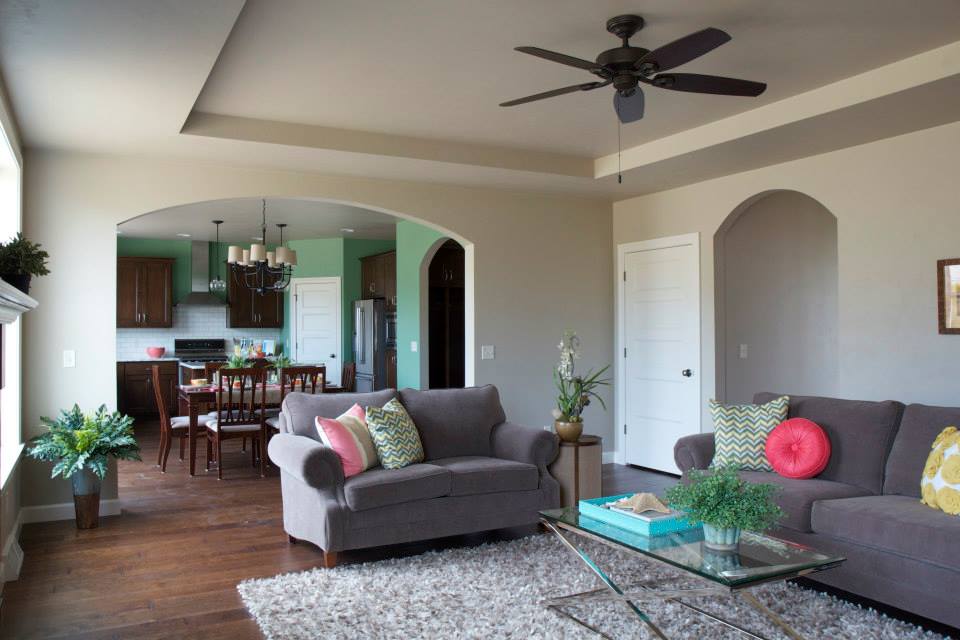
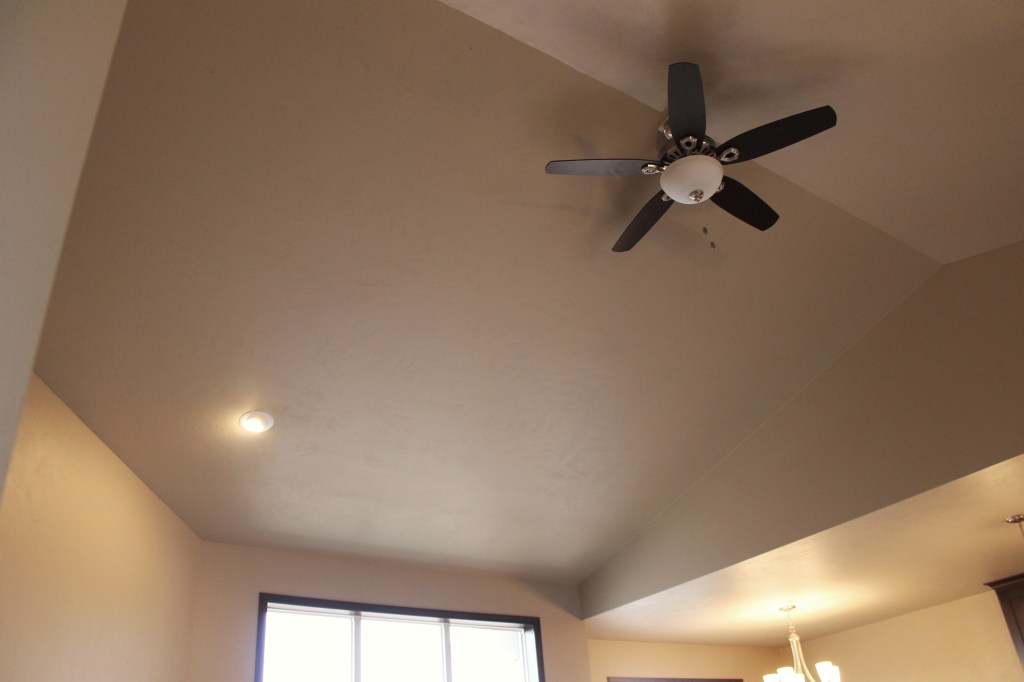
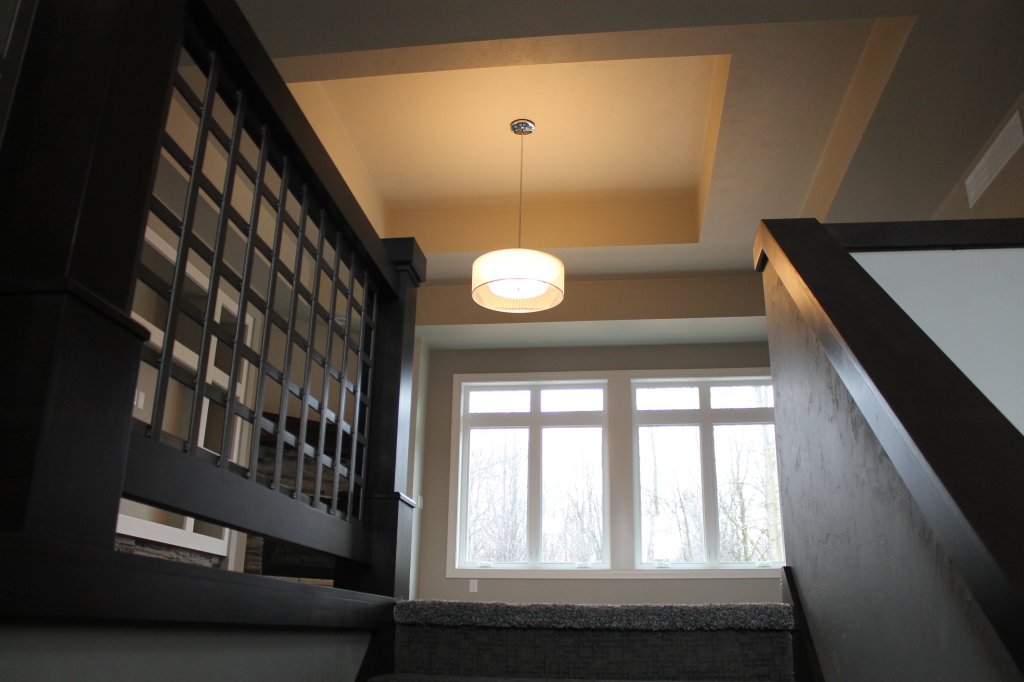
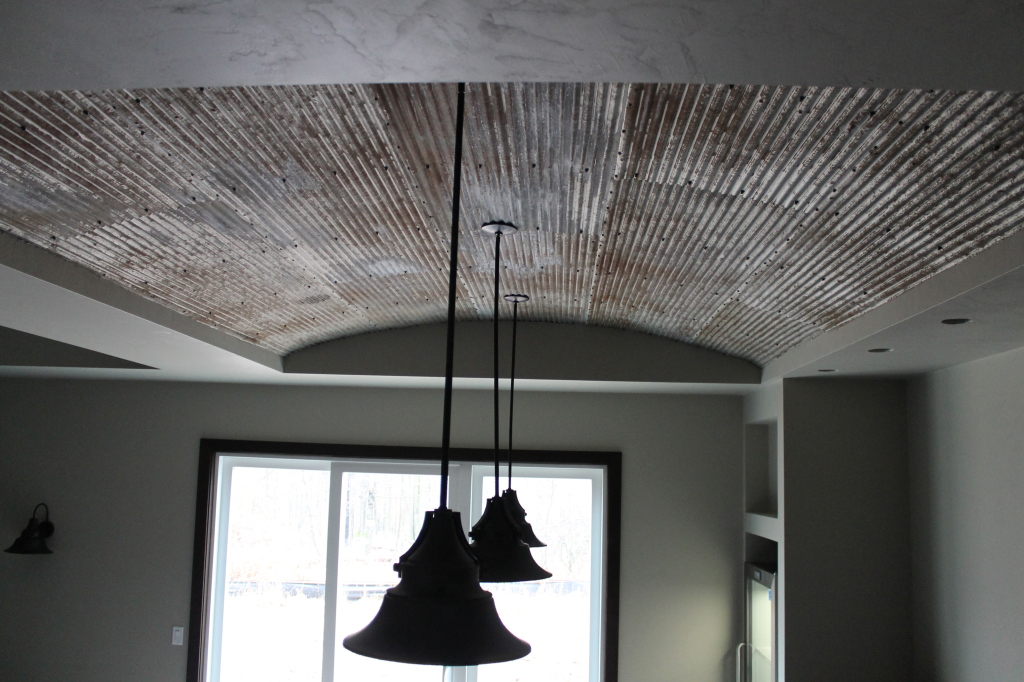
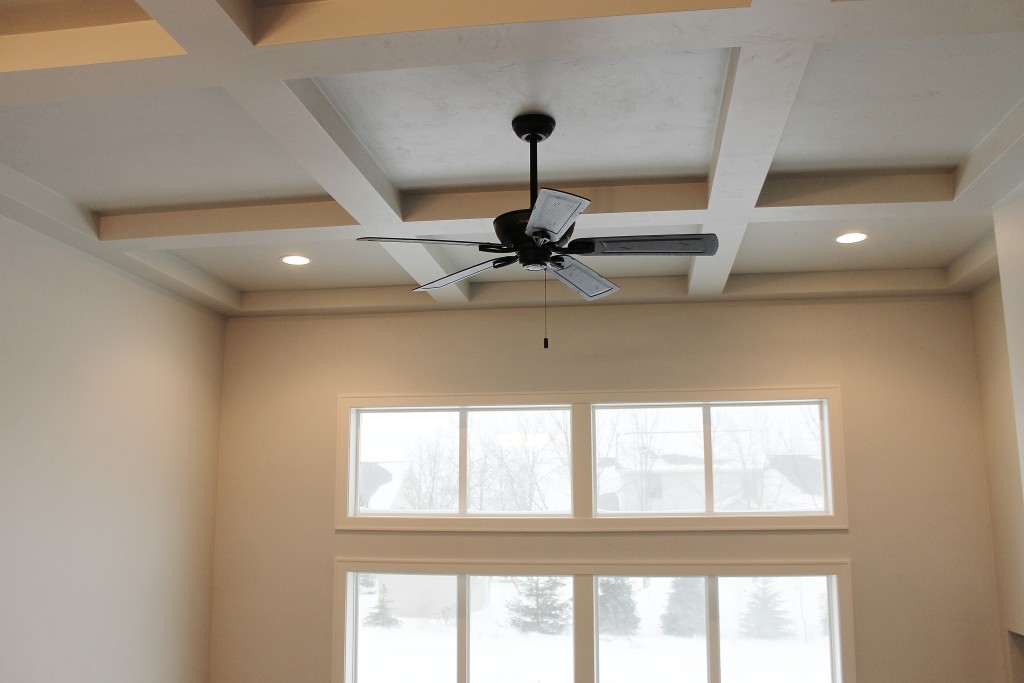

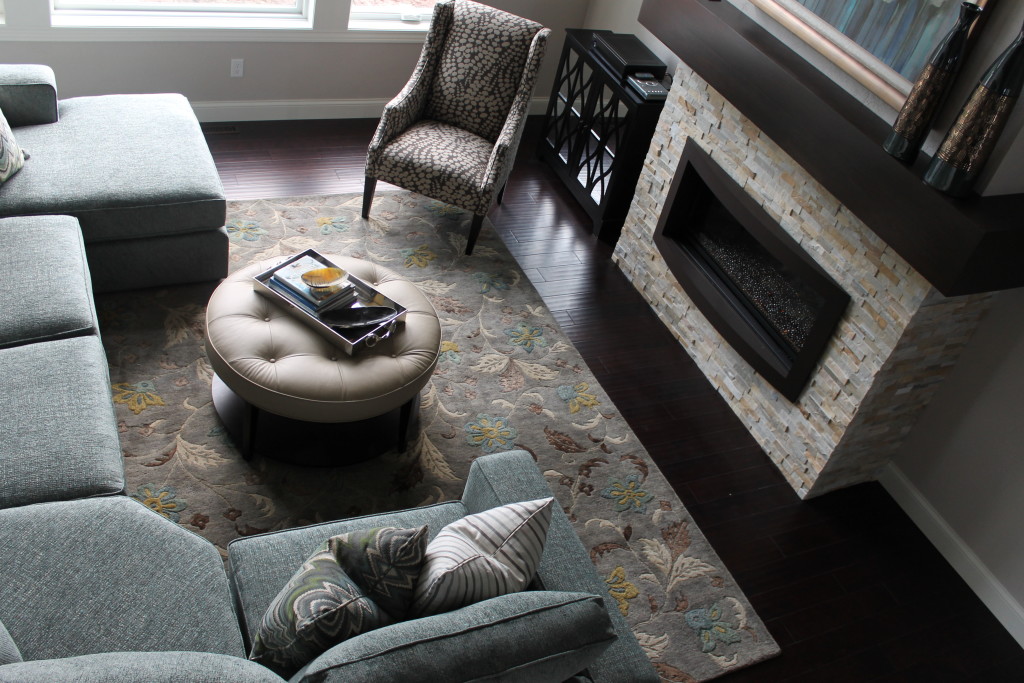
Leave a Reply